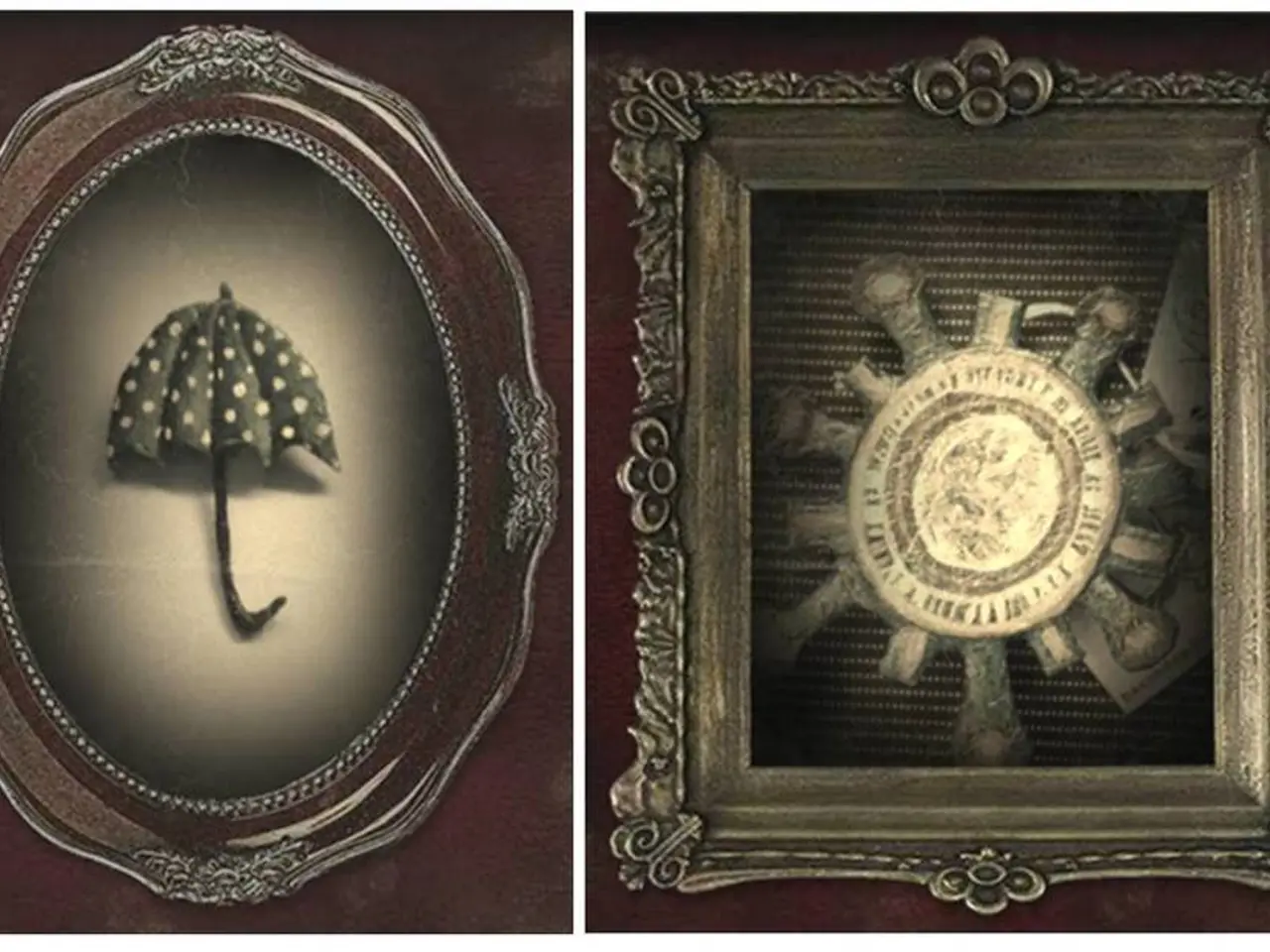Scene Graph Tech in Surgery: Rapid Progress and Key Challenges
A new review by researchers from Technical University of Munich and University of Alberta has mapped the rapid progress of scene graph technology in surgery. The analysis highlights significant advancements and pinpoints critical gaps in research approaches.
The review, led by Nicolas Padoy, Konstantinos Vougioukas, Hamed Jelodari, and Alexander F. S. Falk, charts the evolution of scene graphs from foundational graph neural networks to specialized foundation models. These models outperform generalist large vision-language models in surgical contexts, demonstrating the field's progress.
The researchers note that internal-view research relies heavily on real-world 2D video, while external-view modelling frequently uses simulated data. This translational research gap hinders the development of actionable, closed-loop systems. To address this, future work should prioritize the integration of patient-specific data for clinical grounding and personalization.
The review reveals that scene graphs are a powerful tool for representing complex relationships within surgical environments, used for analysis and simulation. However, to fully harness their potential, further research should explore causal reasoning, establish robust clinical validation frameworks, and create interactive generative environments for surgical training and planning. The development of actionable, closed-loop systems should also be prioritized.





